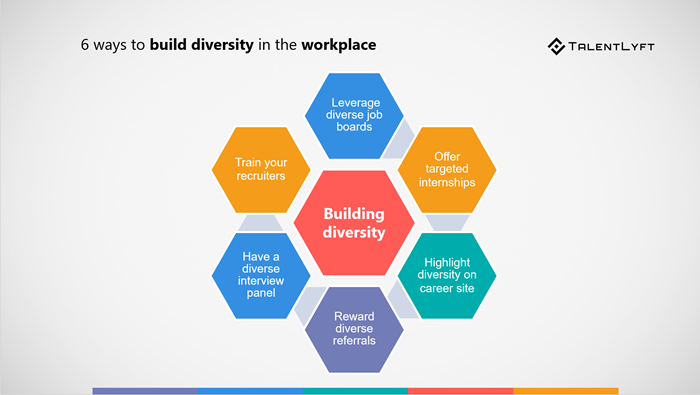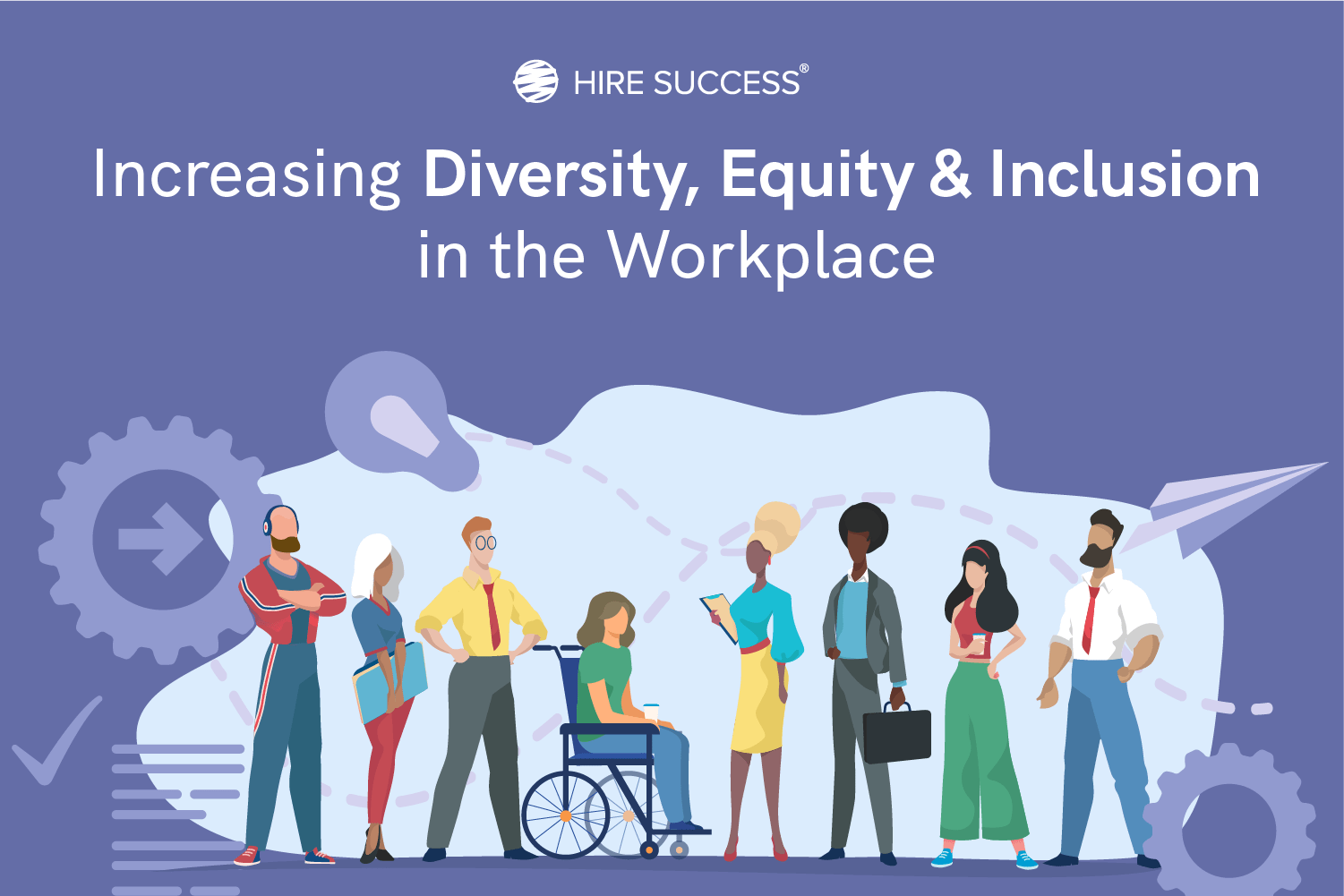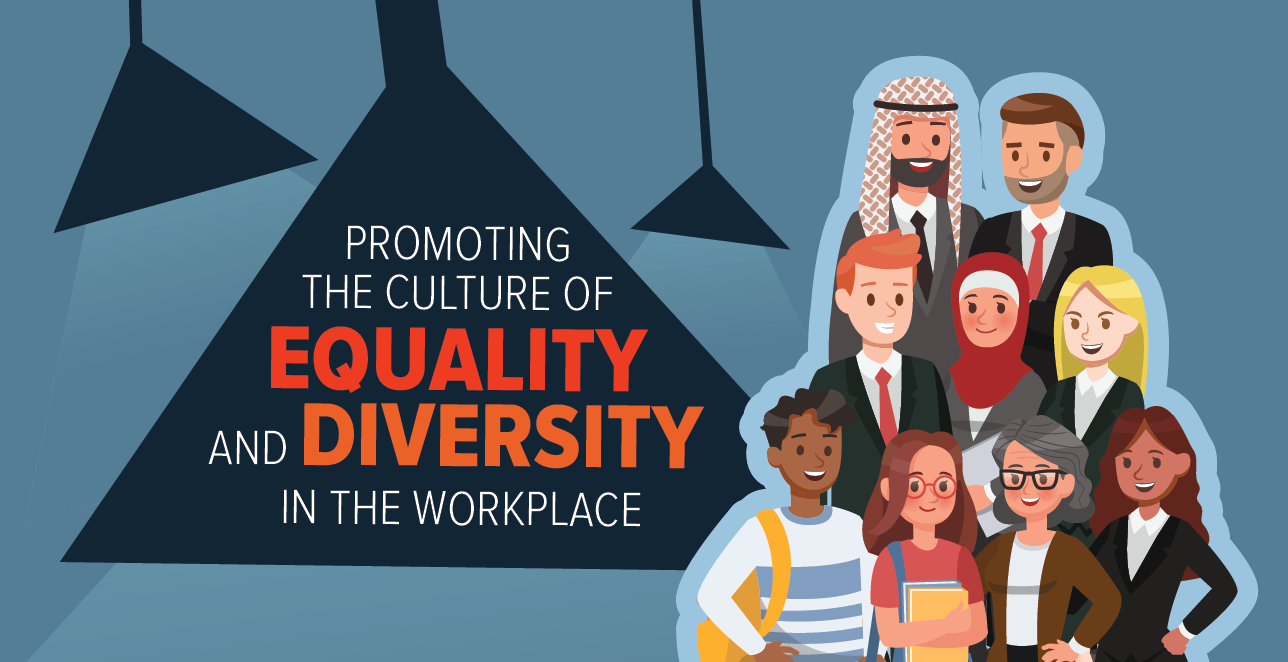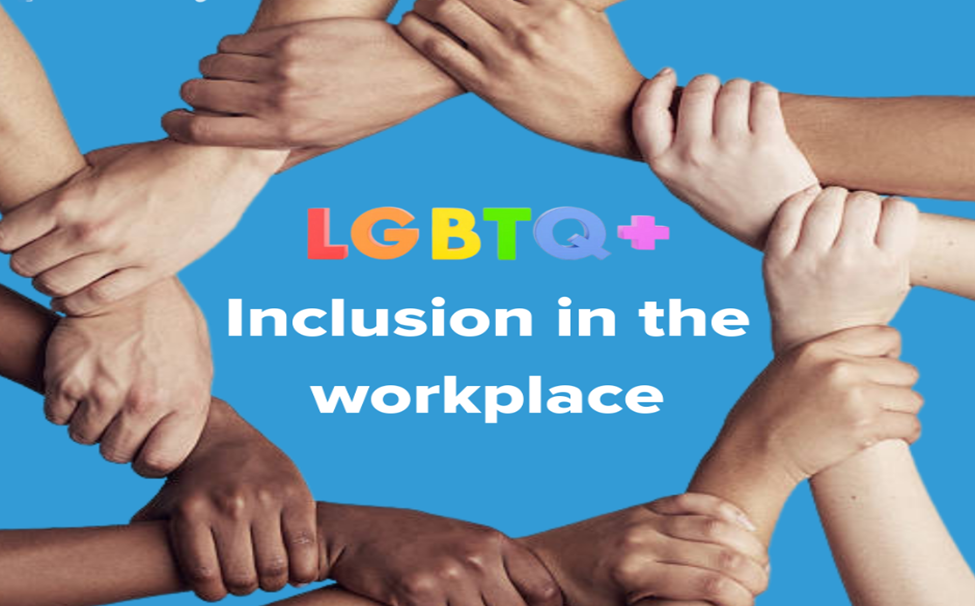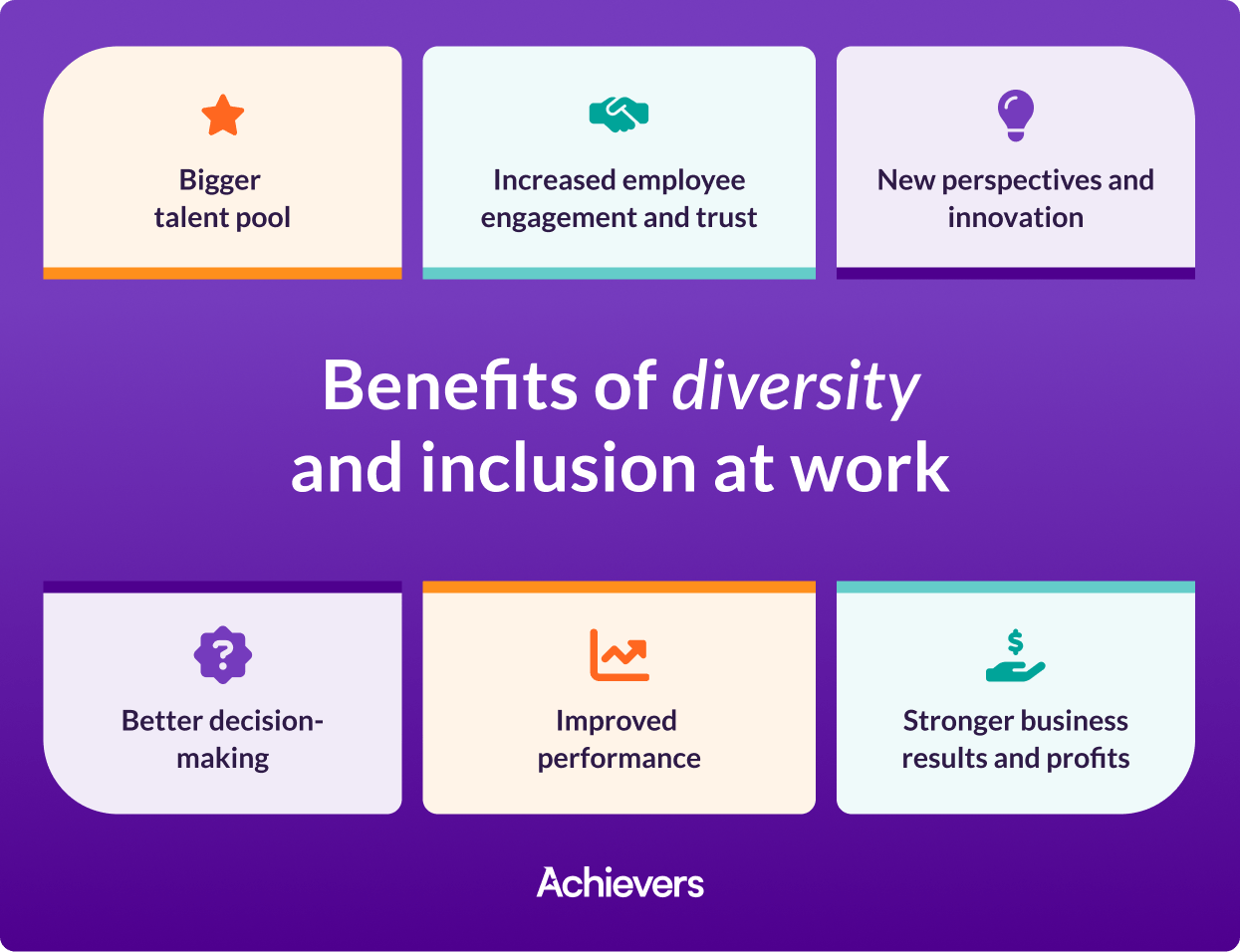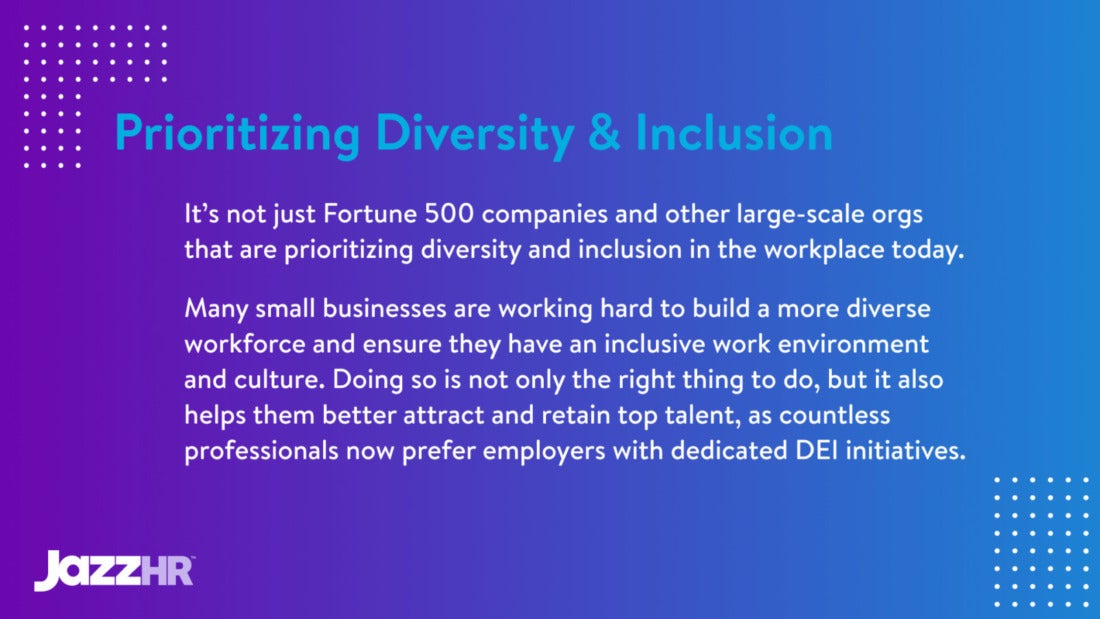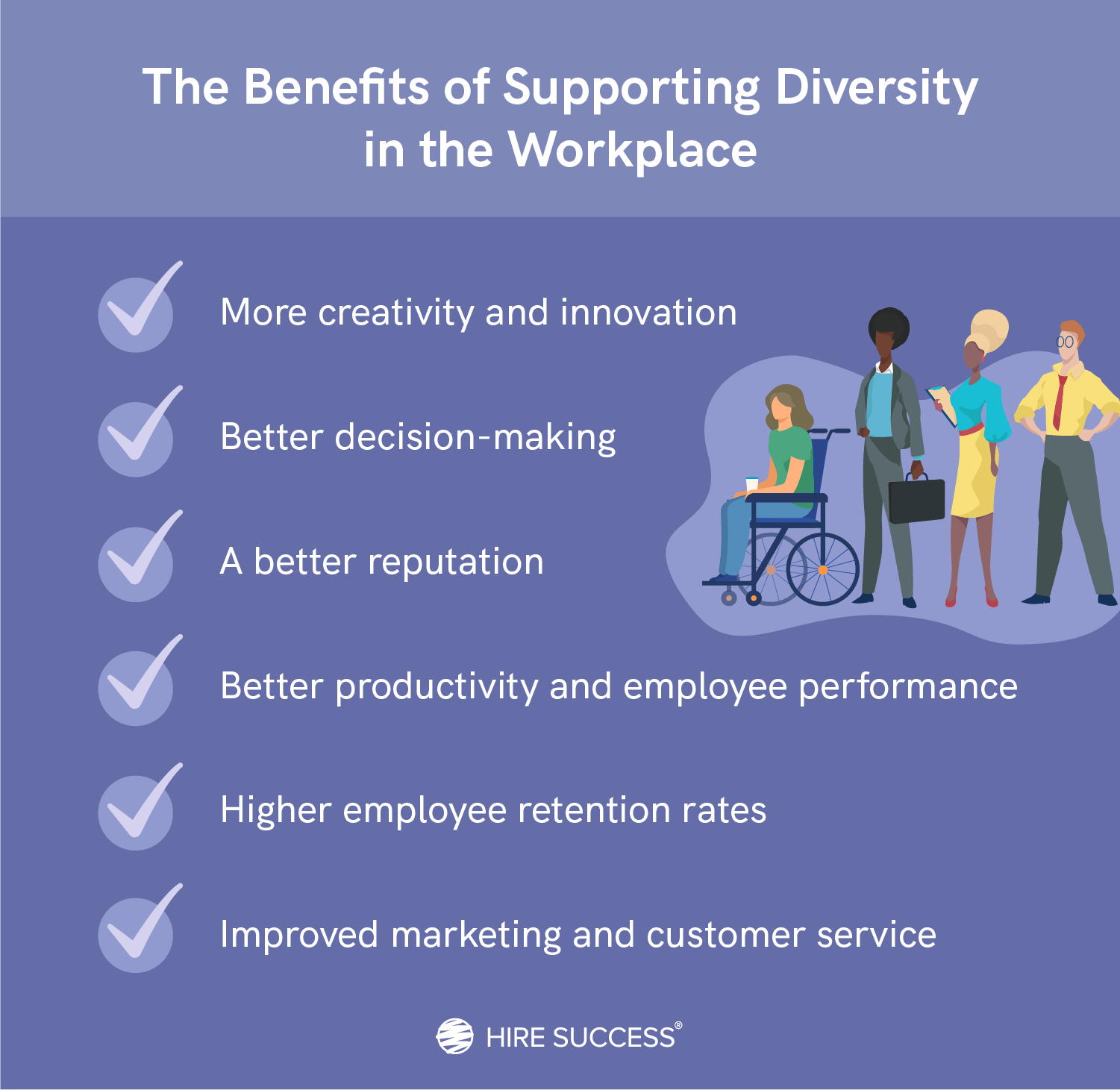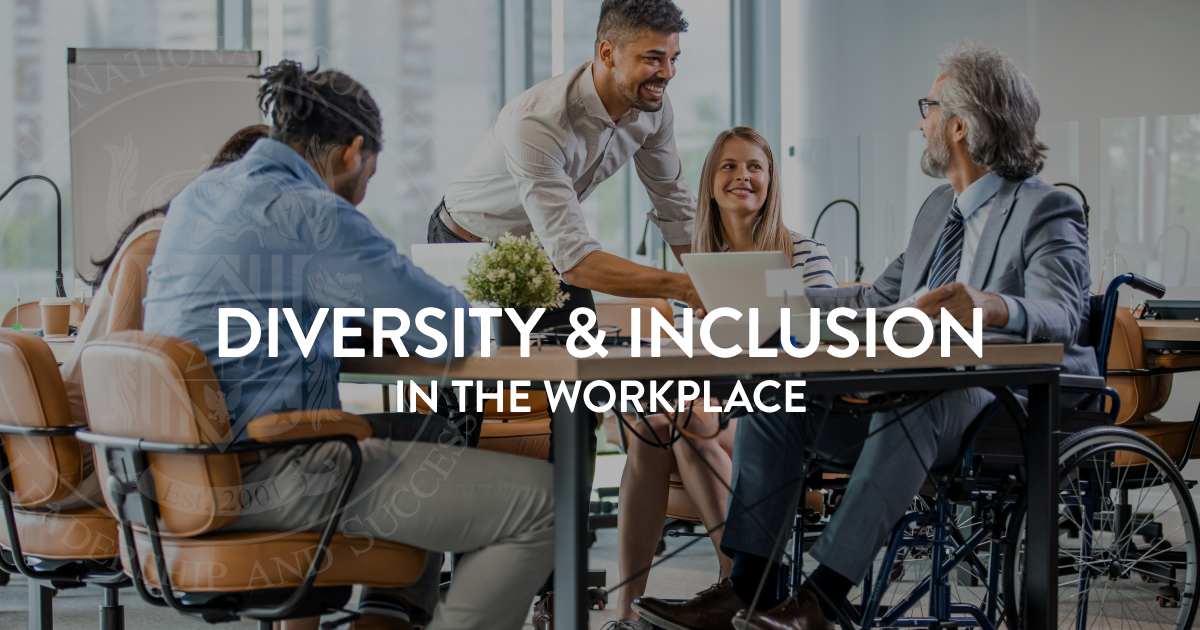Initiatives To Promote Diversity In The Workplace
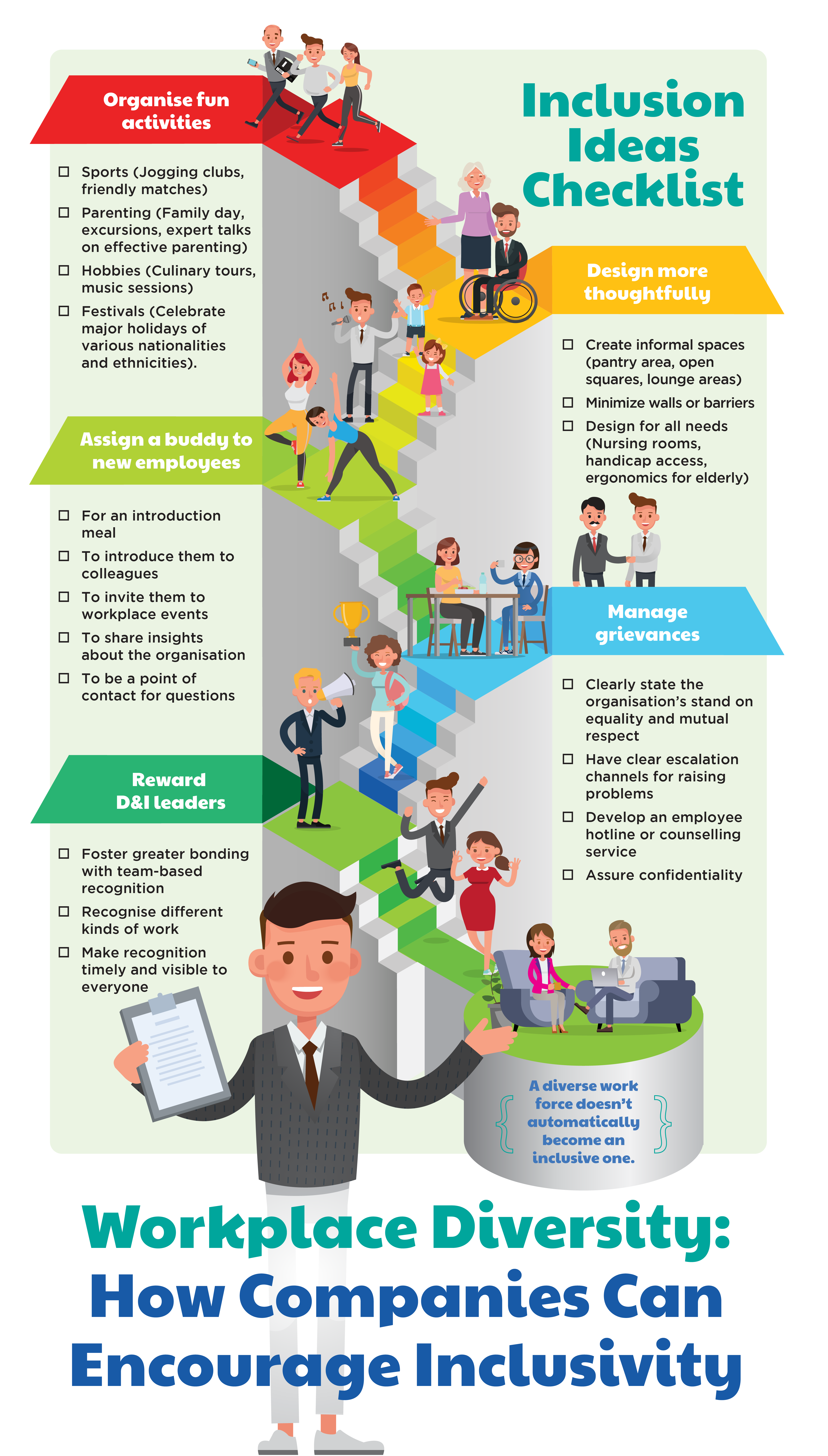
Companies nationwide are ramping up diversity and inclusion (D&I) efforts, facing increased pressure to reflect the communities they serve. New initiatives are being launched to foster more equitable workplaces.
This article outlines concrete steps businesses are taking to address diversity gaps, providing a snapshot of current strategies and measurable impacts.
Targeted Recruitment Strategies
Many organizations are overhauling their recruitment processes.
LinkedIn data shows a 35% increase in companies using blind resume screening software in the past year.
This eliminates bias based on names or demographic information. These software help focus on skills and experience.
Companies like Google and Microsoft have partnered with Historically Black Colleges and Universities (HBCUs) and Hispanic-Serving Institutions (HSIs) for internship and recruitment programs.
Mentorship and Sponsorship Programs
Internal programs are key to retaining diverse talent.
Deloitte reports that sponsorship programs, where senior leaders advocate for high-potential employees from underrepresented groups, have a 70% success rate in promoting those employees to leadership positions.
Mentorship programs also offer guidance and support, fostering a sense of belonging.
Inclusive Leadership Training
Leadership development is now incorporating inclusive leadership principles.
Accenture is investing heavily in unconscious bias training for all managers. They aim to create a more equitable decision-making environment.
These trainings educate leaders on recognizing and mitigating their own biases.
This helps promoting a more inclusive culture where everyone feels valued and respected.
Employee Resource Groups (ERGs)
ERGs provide a platform for employees from similar backgrounds to connect and support each other.
Salesforce boasts over a dozen ERGs, ranging from groups for women and LGBTQ+ employees to those for veterans and individuals with disabilities.
These groups offer networking opportunities and advocate for inclusive policies.
ERGs also provide valuable insights to leadership on how to improve the employee experience for diverse groups.
Measuring Progress and Accountability
Companies are increasingly tracking diversity metrics to assess the effectiveness of their initiatives.
Public reporting on diversity statistics is becoming more common, driven by investor and consumer demand.
Many companies are tying executive compensation to diversity goals, ensuring accountability at the highest levels.
Goldman Sachs, for example, has announced specific targets for increasing representation of women and people of color in leadership roles.
They have linked bonus structure to it.
Ongoing Developments
The push for workplace diversity is far from over.
Legal challenges to affirmative action policies are adding complexity to the landscape.
Companies must remain proactive and adapt their strategies to meet evolving expectations.

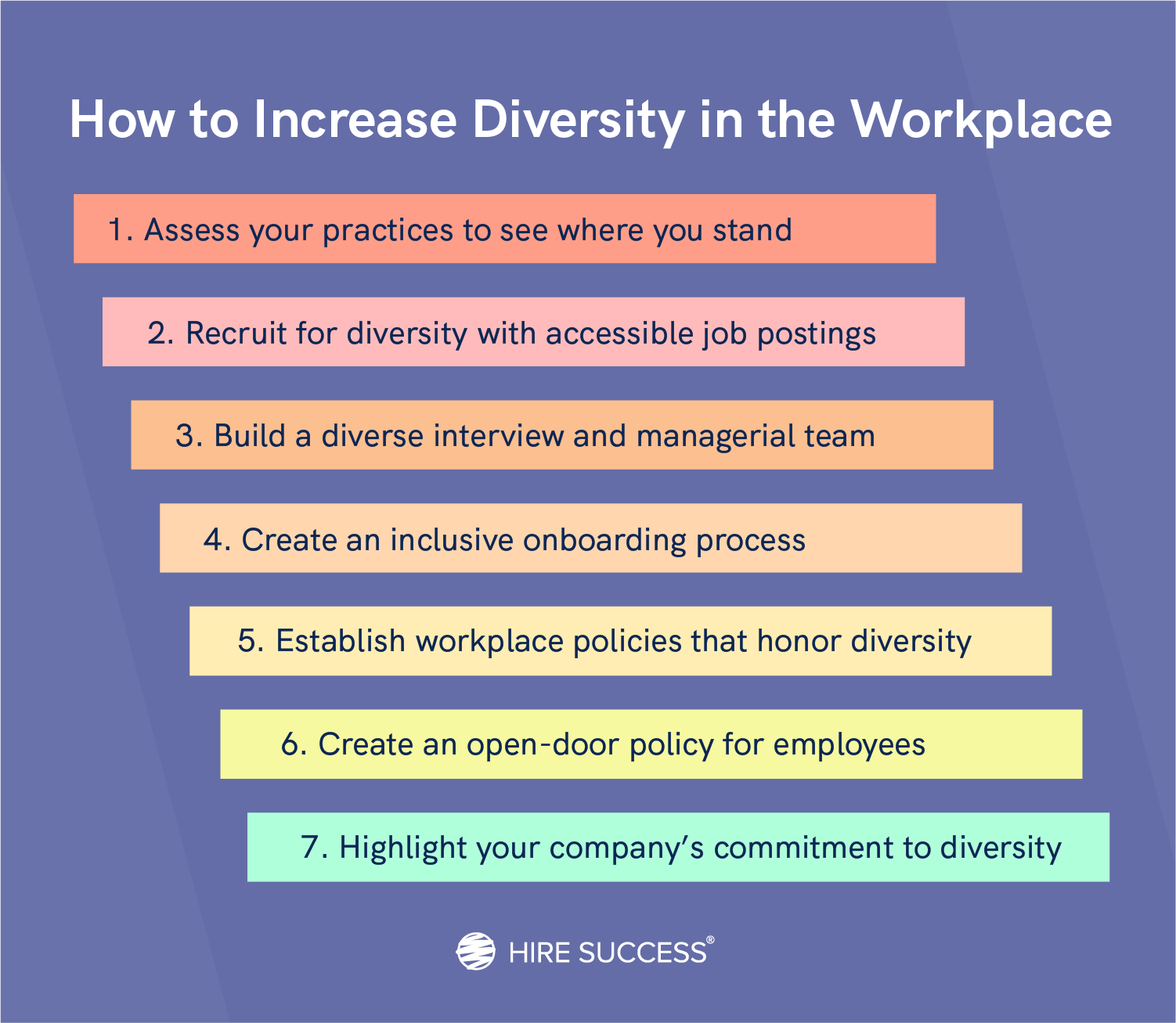
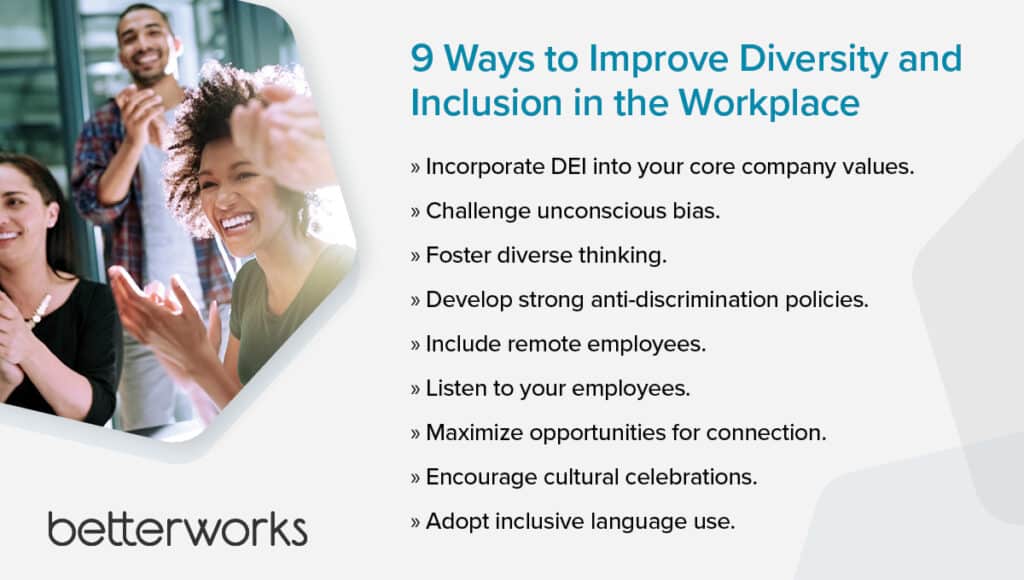

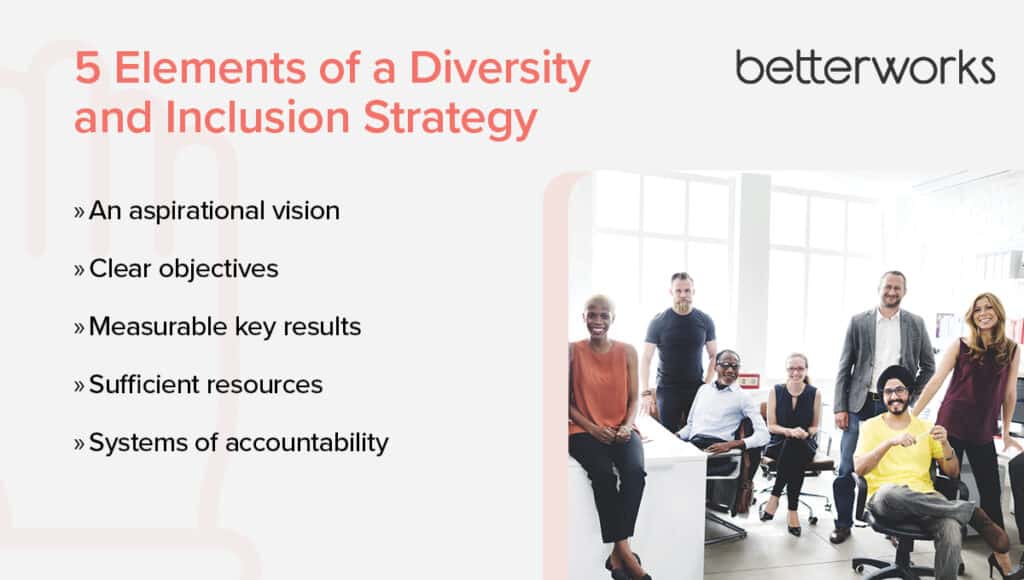

.webp)


